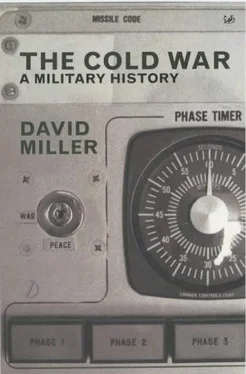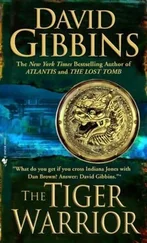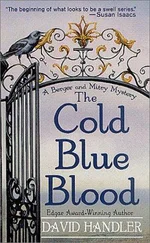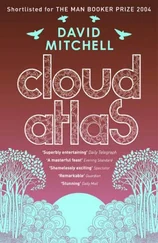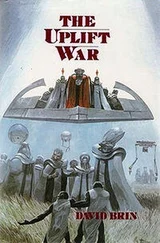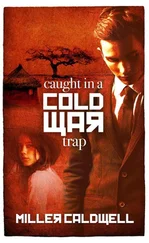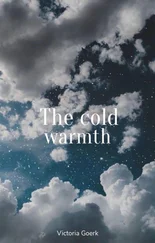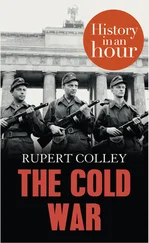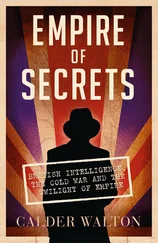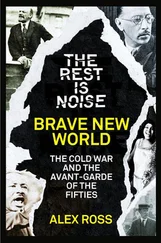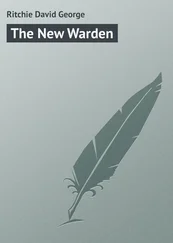A number of conventions have been used in this book.
National Designations
Wherever more than one nation is mentioned in a list, they are recorded in alphabetical order according to the initial letter of their name in the English language. Such a listing does not therefore imply any order of precedence, importance, preference or merit.
Soviet Military Equipment
There is scope for confusion concerning the designation of Soviet military equipment, since the same item (e.g. an aircraft, missile, tank, etc.) could have a US designation, a NATO reporting name, a Soviet military designation and a Soviet type name – although in most cases the last two were discovered only after the Cold War had ended. In order to simplify matters for the reader, the US/NATO system is used throughout, except in the case of aircraft, where the Soviet design bureau and number are used (e.g. MiG-21, Su-27, etc.).
Military Units
In military units, confusion can be caused by differing use of formation and unit designations. A US division was some 30 per cent larger than a Soviet division; in some armies a regiment was composed of three battalions, while in others a regiment was a battalion-sized unit. The reader is referred to the Glossary, under ‘Army formations and units’, for more information.
Naval, Air-Force and Army Titles
A particular difficulty arises with the titles of navies and air forces, especially where the word ‘royal’ appears in the title. The British, for example, use the title ‘Royal Navy’ to apply solely to their own navy, and with foreign navies which include the word ‘royal’ in their titles they insert the nation’s name, as in ‘Royal Dutch Navy’ and ‘Royal Malaysian Navy’. Within those countries, however, there is no such national qualifier: to a Malaysian the ‘Royal Navy’ ( Tentera Laut di-Raja ) is the Malaysian navy. Further, to use national titles in the vernacular may be difficult for readers of other nationalities to understand, while to translate them literally into English may cause further confusion. The German Luftwaffe , for example, translates as ‘Air Weapon’, while the French Marine Nationale translates as ‘National Navy’. To avoid all these problems, the convention has been adopted of referring to all navies, air forces and, for consistency, national armies simply by the national name followed by the words ‘navy’, ‘air force’ or ‘army’ in lower case – e.g. British air force, German navy, US air force, Soviet army and so on. Since all are treated identically, it is hoped that this will not cause offence.
Glossary
Any abbreviation is explained when it is first used in the main text. There is also a glossary at the end of the book, which explains the principal relevant military terms and abbreviations.
The author wishes to thank Wing Commander (Retired) Bruce Allcorn who proofread Chapter 7 7 The Nature of Nuclear War HANGING OVER EVERY political and military decision throughout the Cold War was the threat of atomic and, later, of thermonuclear attack. This dreadful prospect faced politicians, the military and civil populations alike, and as much in neutral countries as in those involved in any possible conflict. As with many such issues, however, the majority were aware only of an appalling, but vague, Doomsday threat; indeed, as will be shown, even the so-called ‘experts’ could make only imprecise forecasts of what it would involve. It is therefore necessary to identify the major characteristics of nuclear weapons and to highlight some of their possible effects, in order to place the subsequent chapters in perspective. [1]
and made many valuable suggestions. He would also like to thank Major-General Sir Robert Corbett, the last British commandant in Berlin and author of Berlin and The British Ally: 1945–1990 , for his helpful advice on life and events in that city.
He is also most grateful to Grant McIntyre, Gail Pirkis and Caroline Westmore of the publisher, John Murray, for turning what might have been a daunting and frustrating experience into a real pleasure. Finally, he wishes to express his particular gratitude to Bob Davenport, editor extraordinary, whose eagle eye, attention to the most minute detail, wide knowledge of English language, grammar and punctuation, and apparently infinite patience have made this book a much better document than it otherwise would have been.
If, however, despite all this help there are still errors in this book, they are the responsibility of the author alone.
PART I
THE TWO GREAT ALLIANCES
1
‘A Bewildered, Baffled and Breathless World’ {1} 1 Former British prime minister Winston Churchill in a letter to US president Harry S. Truman, November 1945; quoted in D. Cook, Forging the Alliance: NATO 1945–1950 (Secker & Warburg, London, 1989), p. 50.
WHEN THE GERMAN surrender became official at midnight on 8 May 1945, continental Europe was in ruins. The Allied armies halted where they were and there was a limited amount of celebration, but attention rapidly switched to more pressing problems. The USA and the UK needed to send troops to the Far East for the final phase of the Japanese war, while concurrently reducing their armed forces and starting to return conscripts to civilian life. The Soviet Union needed to recover from the devastation of the war and to ensure that such an attack would never again be possible. Of the other continental European powers, the only one of contemporary significance was France, which was anxious to assert its right to take its place alongside the three major Allies, but also had a pressing need to re-establish the French state and to reassert its control over its former colonial territories.
Meanwhile, all four tried to sort out the problems of a defeated Germany: to feed the population, to restart industry, to round up prisoners of war, to try war criminals, to carry out the denazification process and to enable the people to return to some sort of normality. One of the agreements at the 1945 Potsdam Conference was that machinery and industrial equipment would be exacted as reparations, and, since most industrial facilities were in the Western zones of occupation and most agriculture in the Soviet zone, the Soviets would receive a proportion of the machinery in exchange for food to help feed the population in the Western zones. Problems then arose owing to the failure of the Soviets to supply the food (which had to be made up by shipments from the UK and the USA), coupled with their insistence on obtaining every piece of machinery they had been offered. In May 1946 the Western Allies refused to send any further reparations to the East. The Soviets objected strongly to this, and started to use their veto to block progress in the Allied Control Council, where the four Allied commanders-in-chief or their representatives met. These first significant post-war disagreements were, with hindsight, indicators of the Cold War that was to come.
In global terms, the war had weakened all the western European countries, eliminated Germany as a European power, and transformed the USSR into a world power. The USA, however, had become the arbiter of Western destinies, having totally displaced the UK as the most powerful non-Communist nation. Among the western European nations, however, the UK, even though it was virtually bankrupt, remained militarily the most powerful nation, primarily because of its extensive empire and the large size of its military forces. There was also the moral debt, relevant in the immediate post-war years, which Britain was owed by other countries of Europe for which it had provided a bastion of freedom and democracy – and in many cases a base for governments-in-exile and armed forces – during six tumultuous years.
Читать дальше
